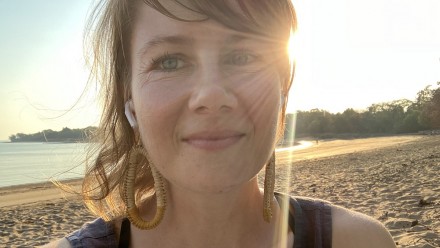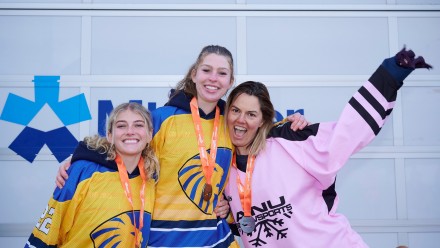Plastic surgery, The Royal Marsden Hospital, Chelsea, UK
London (and its winter weather) suited me well during my elective placement at The Royal Marsden Hospital in Chelsea.
My time spent with the plastic surgery department over January had given me useful insights into the management of breast cancer but also of the field of plastic surgery in general.
I was very surprised to find that the team had no junior staff, as RMH is not a teaching hospital, but what was more surprising was how kind and welcoming the team was.
The hospital itself was well resourced and historically beautiful in its design, which made each day attending there a great pleasure.
The majority of my time spent with the plastics team was in theatre, appreciating their signature operation – DIEP flap reconstructions of the breast.
I had little experience prior of what plastic surgery involved and watching these procedures reinforced some of the preconceptions I had of the field; meticulous planning, precise microsurgery, versatility and creativity were all necessary.
What I had not understood about plastic surgery before my elective was the price that it demanded of the surgeon: these operations were lengthy and required intense focus.
Most of the mastectomy plus reconstructions had run in excess of eight hours (well into the evening).
As with all surgical teams, coordination of personnel is paramount to efficiency. This wasn’t a new concept to me however I was made acutely aware of how important it was for inter-team cooperation to reduce time in theatre.
I was very impressed by the DIEP reconstructions and the seemingly impossible moulding of abdominal tissue into breast.
The operation would mean something different to each patient – often a complex milieu of emotions that would be obtuse for me to attempt to define with words.
Attention to detail was something that the plastics team would obsess over – for example, the umbilical reconstruction; a seemingly unimportant and comparatively trivial aspect to the DIEP procedure, was always given meticulous attention.
This attention to detail did not cease outside the theatre; the ever-present fear of graft failure or infection dictated pedantic ward monitoring of wounds, lest the patient (and surgical team) undergo another long procedure.
Although I predominantly observed breast reconstructions with the plastics team, I had also the pleasure to observe a few sarcoma excisions and repairs, several robotic prostatectomies, a robotic hysterectomy, and a posterior-pharynx SCC excision and flap repair. The latter of these operations left me with a lasting impression.
When we weren’t in theatre or on the wards we would be engaged in academic discussions during MDTs or the monthly M&M.
Mostly the discussion revolved around logistical aspects of implant ordering, however important considerations were raised regarding the incidence of BIA-ALCL with the use of textured implants.
Outside my time in the hospital I would attend many museums, galleries and concert halls amid the historic architecture of London.
Culturally, the city was vibrant and occupied each of my evenings with a variety of entertainment which I attended with insatiable vigour.
I have only fond memories of my placement at The Royal Marsden Hospital, and I am deeply grateful to Mr. Peter Barry my supervisor as well as the plastic surgery team for facilitating such an amazing experience for me.














